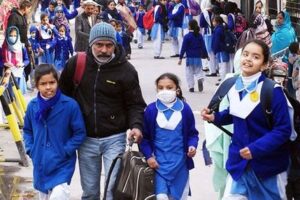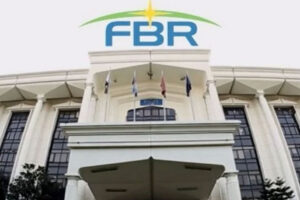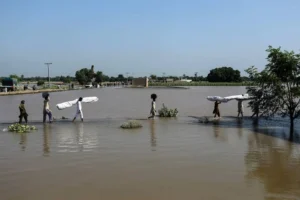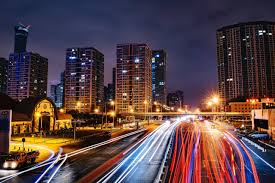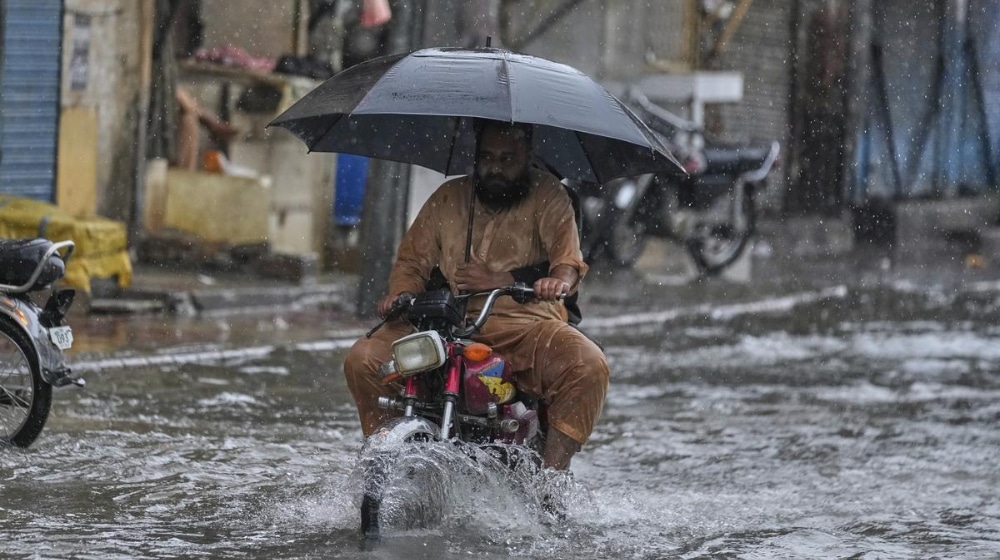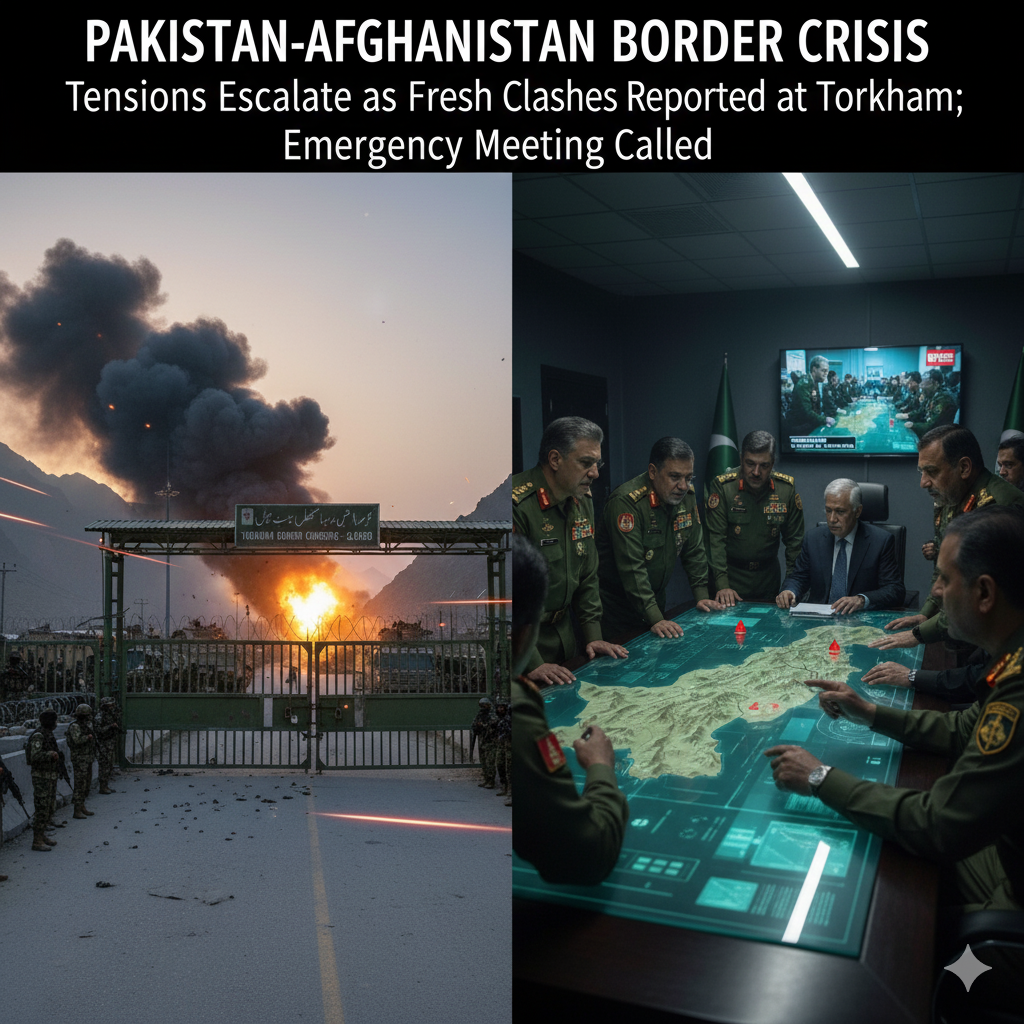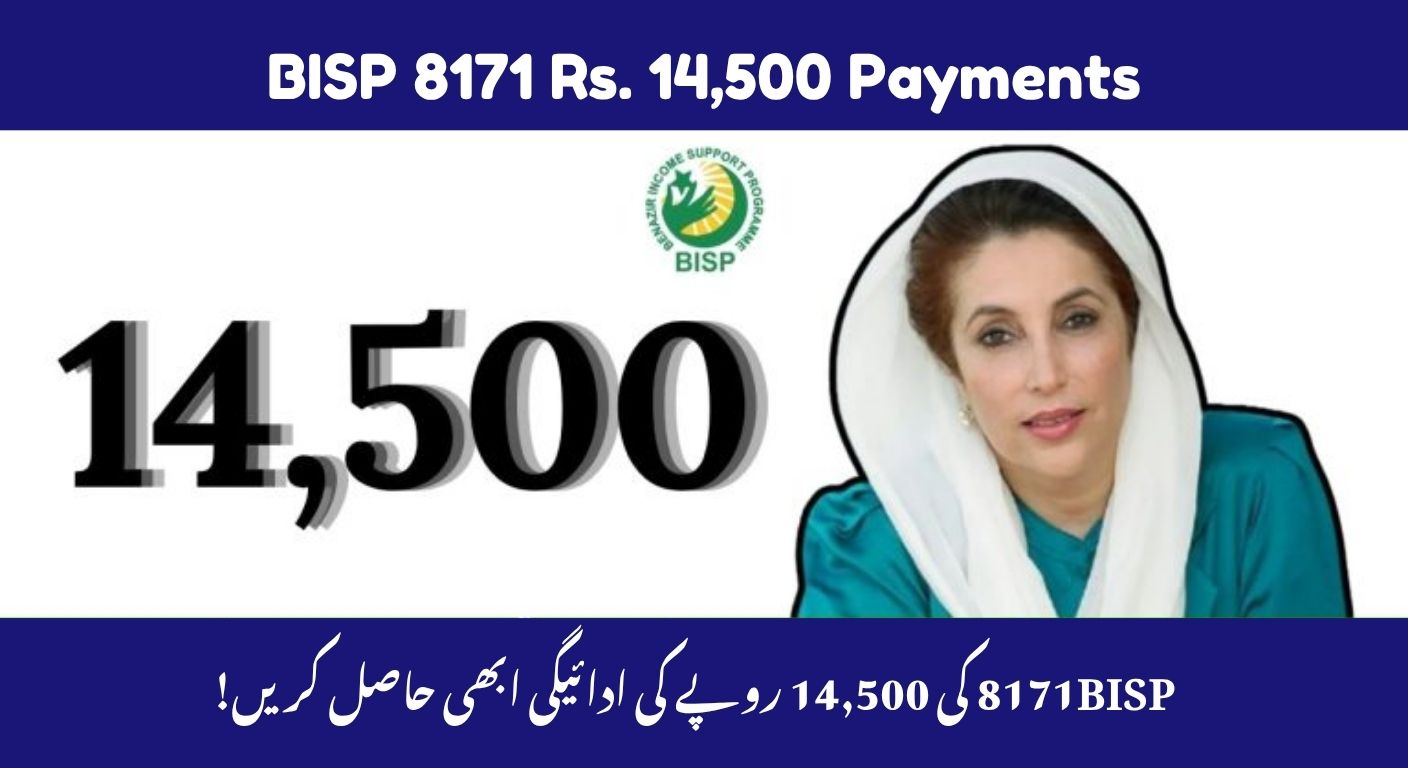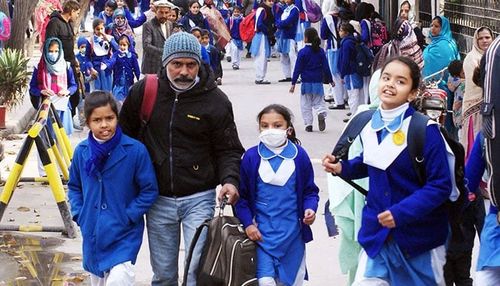Powerful Monsoon Rainfall Predicted Across Pakistan , with the Meteorological Department predicting widespread and heavy rainfall in various regions over the coming days. This weather system is expected to bring much needed relief from the summer heat, but also the potential for flooding, landslides, and urban waterlogging. Whether you live in Karachi, Lahore, Islamabad, or in the northern hilly areas, this forecast demands your attention and preparation.
Understanding the Upcoming Monsoon Spell
Meteorologists are tracking a strong monsoon system moving from the Bay of Bengal and crossing into Pakistan via India’s northern plains. This system is expected to intensify over the next few days, bringing continuous showers and thunderstorms.
Key details of the forecast include:
-
Duration: Expected to last 4–6 days in most areas.
-
Peak Intensity: Between the 14th and 17th of August 2025.
-
Affected Provinces: Punjab, Sindh, Khyber Pakhtunkhwa, Balochistan, and Gilgit-Baltistan.
-
Risk Areas: Low-lying urban zones, riverbanks, mountainous regions prone to landslides.
This spell could be among the heaviest of the season, raising concerns for both rural farmers and city dwellers. For agricultural areas, the rains could be a blessing, providing much-needed water for crops. However, excessive rainfall can damage standing crops, especially cotton, sugarcane, and vegetables.
Regions Most at Risk from Heavy Rainfall
The forecast indicates that Sindh and Punjab will see intense downpours, particularly in Karachi, Hyderabad, Lahore, Faisalabad, and Multan. Meanwhile, northern areas like Murree, Abbottabad, Swat, and Gilgit-Baltistan are at risk of landslides due to saturated soil.
Urban Flooding:
Major cities like Karachi and Lahore have drainage systems that often struggle to cope with heavy downpours. Past monsoon seasons have shown that just a few hours of rain can lead to knee deep water in many neighborhoods.
Rural Flooding:
In low-lying agricultural areas near the Indus River, water levels can rise rapidly, threatening homes, livestock, and fields.
Mountain Hazards:
The northern hilly regions may experience flash floods and landslides, cutting off road access and disrupting local communities.
Safety Tips for the Monsoon Season
During heavy rainfall, safety should be your top priority. Here are some expert-backed tips to protect yourself and your family:
-
Avoid unnecessary travel during peak rainfall hours. Roads can become slippery and visibility poor.
-
Stay away from electricity poles and wires that may have fallen due to strong winds or floods.
-
Secure your home’s drainage system to prevent water from backing up.
-
Stock up on essentials such as clean drinking water, non perishable food, and first-aid supplies.
-
Listen to official weather updates from the Pakistan Meteorological Department and local authorities.
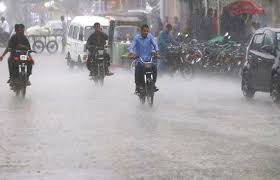
Government Preparedness and Warnings
The National Disaster Management Authority (NDMA) has issued alerts to provincial governments, advising them to take precautionary measures. Municipal corporations are already clearing storm drains in major cities to reduce the risk of urban flooding. Rescue teams have been placed on standby in flood prone districts, and public advisories are being broadcast through radio, television, and social media.
However, the effectiveness of these preparations often depends on timely action at the local level. Past experience shows that public awareness and individual preparedness play a huge role in minimizing damage.
Impact on Agriculture and Rural Communities
The upcoming monsoon spell could be a double-edged sword for Pakistan’s agricultural sector. On one hand, timely rain is crucial for crops like paddy rice, maize, and sugarcane, as it reduces irrigation costs and replenishes groundwater. On the other hand, excessive rainfall can cause waterlogging, destroy crops, and spread plant diseases.
In Sindh and southern Punjab, cotton farmers are particularly concerned. Cotton is sensitive to prolonged wet conditions, which can lead to boll rot and reduced fiber quality. Similarly, sugarcane plantations may face pest infestations if fields remain waterlogged for too long.
Rural community challenges:
-
Access roads to villages could be cut off by floodwaters.
-
Livestock may be at risk due to a lack of dry shelter.
-
Contaminated water sources can spread diseases like diarrhea and cholera.
For rural populations, community-based flood shelters and early warning systems can make a significant difference. Local mosques and community leaders often play a vital role in mobilizing people quickly.
Urban Challenges During Heavy Rains
Cities like Karachi, Lahore, Islamabad, and Peshawar face a unique set of problems during heavy monsoon rains. Poor drainage systems, unplanned urban expansion, and plastic waste blocking storm drains make urban flooding a recurring issue.
Key urban risks:
-
Waterlogging in residential areas Many neighborhoods can remain submerged for hours or even days.
-
Traffic gridlocks Flooded roads lead to massive traffic jams and accidents.
-
Health risks Stagnant water becomes a breeding ground for mosquitoes, increasing the risk of dengue fever and malaria.
-
Electricity outages Power cuts are common to prevent electrocution hazards.
To reduce these risks, city governments must act quickly by clearing drains, deploying water pumps, and providing mobile health units in affected areas.
Health Risks Associated with Monsoon Rains
While the rain brings relief from scorching summer temperatures, it also increases the risk of various diseases. Floodwaters can carry bacteria, viruses, and parasites, leading to outbreaks.
Common monsoon-related illnesses include:
-
Waterborne diseases like typhoid, cholera, and hepatitis A.
-
Mosquito borne illnesses such as dengue fever, chikungunya, and malaria.
-
Respiratory infections caused by damp and moldy environments.
Prevention tips:
-
Boil or filter drinking water.
-
Use mosquito repellents and nets.
-
Avoid wading through floodwater unless absolutely necessary.
-
Wear protective footwear to avoid skin infections.
Healthcare facilities in both urban and rural areas are advised to stay prepared for a potential surge in patients during the peak monsoon period.
Role of Media and Technology in Weather Preparedness
In today’s connected world, media outlets and weather apps play a crucial role in spreading timely alerts. The Pakistan Meteorological Department (PMD) regularly updates its website and social media with forecasts, storm warnings, and flood alerts.
How technology helps:
-
Mobile weather apps send real-time notifications.
-
SMS alerts reach even those without internet access.
-
Satellite imagery helps track storm movements.
-
Live news coverage keeps the public informed about developing situations.
Local media stations can also educate the public on emergency hotlines, evacuation routes, and basic safety measures to take during floods.
Expert Advice for Staying Safe During the Monsoon
Meteorologists and disaster management experts recommend a proactive approach:
-
Plan ahead Know the flood prone spots in your area.
-
Prepare an emergency kit Include a flashlight, batteries, first aid, and essential medicines.
-
Stay indoors during thunderstorms Lightning strikes are common during heavy rains.
-
Follow official instructions Avoid relying on unverified social media rumors.
Experts also stress the importance of community preparedness. A well informed neighborhood can react faster and more effectively in emergencies.






